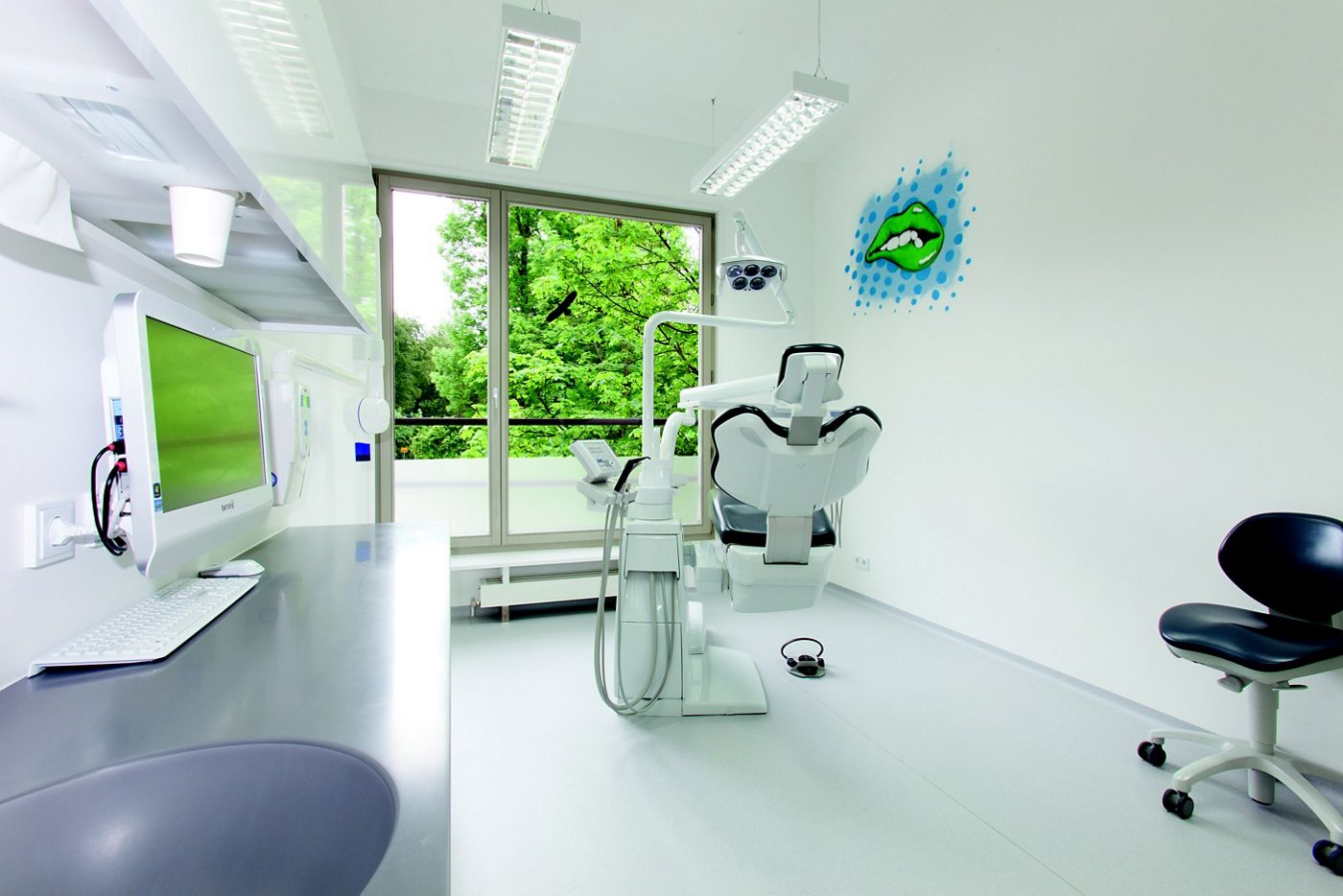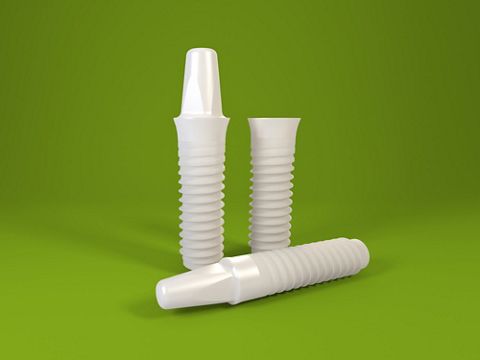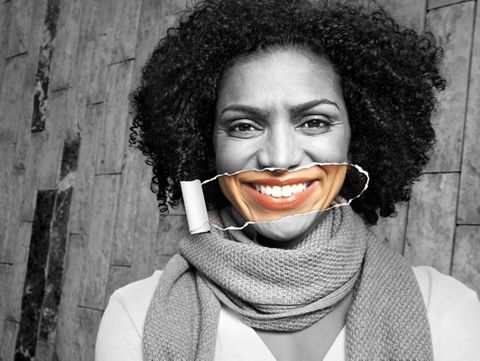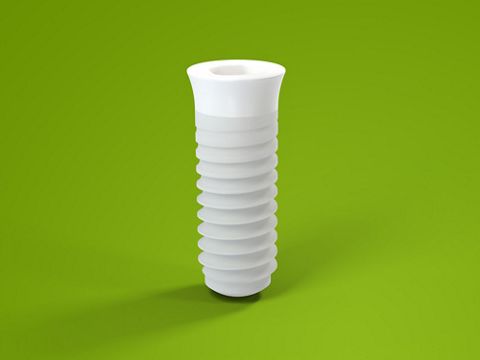Environmental dentistry – what is the role of ceramic implants?
Interview with Sven-Olaf Börner, Germany
Environmental dentistry is a new interdisciplinary field encompassing dentists, other medical specialists and dental technicians. The focus of environmental dentistry is on the holistic dental treatment of chronically ill patients, as well as the application of individual preventive treatment concepts with the aim of preventing or relieving chronic inflammatory diseases, including those not related to the oral cavity.” (Definition according to the German Society of Environmental Dentistry, www.deguz.de)
Dr. Börner, how did you become involved in environmental dentistry?
I came to holistic environmental dentistry through caring for risk patients. I am a classically trained oral surgeon, and my work in our practice focuses on oral surgery and environmental dentistry. Through daily treatment of risk patients, i.e. patients with chronic inflammatory diseases, multisystem disorders, allergies, diabetes, autoimmune diseases, cancer and cardiovascular diseases, as well as of periodontitis patients, I developed an awareness of general medical issues and immunological associations. And this, ultimately, is exactly what environmental dentistry is about: recognizing the interplay between the mouth and the organs, and correctly interpreting the pathological influences of the oral cavity on the immune system. The aim is to find out what most commonly triggers immunosuppressed patients, and this can only work if we study them in detail. An accurate medical history and extensive information are extremely important in this regard.
How do patients find about your practice?
Normally on referral by their GP or dentist. Also, of course, through recommendations by patients – classic word-of-mouth advertising. As a result, we also have many patients who come to us from other regions.
Do patients these days come to you already informed about implants?
Yes, but not necessarily in terms of the implant materials available. There are patients who would like a prosthetic but refuse to have any metal in their mouth. This is becoming increasingly common.
What is an “environmental dentistry patient”?
Basically, every patient is an environmental dentistry patient! The next step, however, is to make a distinction and ask: to what extent is the patient predisposed to develop an immunologically relevant reaction? This ability to distinguish – this is key in how we treat our patients.
Can you explain more about this ability to differentiate?
We have lots of patients suffering from inflammatory diseases and in need of intensive periodontal and prophylactic care. In addition to this – and this is an extremely important part and ultimately also a reason for our ongoing development in practice – I also receive highly concrete patient referrals from general practitioners. These patients are suffering from cancer, multisystem disorders, chronic infectious diseases or severe allergies.
"The patient is first examined on the basis of conventional medicine. The next step, however, is to look for any hidden immunological triggers that may not seem obvious at first glance, for example."
These are, therfore, patients with autoimmune diseases or immunosuppression who come to me from the beginning with the question of whether incompatible materials or confounding factors in the oral cavity could be the trigger for their chronic inflammatory diseases, or any treatment failures. In such patients with a long history of illness, I carry out a very different diagnostic procedure than in a healthy patient who comes to me for the purpose of prevention and check-up. In some ways, for me environmental dentistry is a further development of oral surgery. The patient is first examined on the basis of conventional medicine for inflammation in the mouth and jaw area in an oral surgical approach. The next step, however, is to look for any hidden immunological triggers that may not seem obvious at first glance, for example. The materials used in the oral cavity are studied, any existing endodontic therapy is critically assessed and the results are viewed in the context of the patient’s specific medical history. What could possibly be associated with this or that clinical picture? If an association is identified, a blood test is carried out. In addition, it is also determined whether the patient has craniomandibular dysfunction, which affects the jaw and the skeletal apparatus.

How does such a blood test work?
Blood is taken from the patient and analyzed on the basis of the question in hand, and conclusions are drawn as to whether a systemic disease or a disorder is associated with an allergy to or intolerance of a material. Allergy to titanium is extremely rare*, but allergies are not the only cause of immunology-related intolerances. Immunological reactions, i.e. release of the body’s own pro-inflammatory antibodies known as cytokines, are becoming increasingly common.
What is measured in these tests?
The release of cytokines can be qualitatively and quantitatively measured. This is not the only criterion, however – ultimately the key lies in genetic interleukin polymorphism, which we also identify in parodontology and in connection with peri-implantitis, and in the release of the proinflammatory cytokines IL1-ß and TNF-a in order to establish a link with these through stimulation by titanium dioxide. The intensity with which the immune system reacts to titanium dioxide, for example, is individual and a temporary value.
"It can be taken for granted that ceramic implants are biocompatible. In future, higher flexibility in prosthetics and long-term data would be desirable."
In addition to this, every one of us has a specific degree of personal, genetically determined inflammatory reaction. This inflammation level 0 – 4 is thus also jointly responsible for determining the future development of the material’s tolerability and hence for its immunological relevance. If a patient is classified as level 3 or 4, then they are considered to be a “high responder”. This means that in these patients the genotype constellation is accompanied by an increased production of proinflammatory cytokines with a simultaneous reduction in anti-inflammatory receptor antagonists. This group therefore reacts very strongly to a source of inflammation and is at increased risk of implant loss. A completely different approach must therefore be taken to high responders with level 3 or 4 than to level 0 or 1 responders.
Are these tests covered by health insurers?
The titanium stimulation test aimed at determining cytokine release and the determination of the genetic inflammation level in association with the implant are not subsidized by statutory health insurers. An allowance may be provided for a lymphocyte transformation (allergy) test on materials in the event of a patient with multiple allergies and the corresponding justification. Queries and reimbursement difficulties also tend to be common with private health insurers. For me, therefore, ceramic implants are increasingly becoming a standard instrument. And they save the patient the cost of the test, which is around 180 – 200 euros.

How long have you been working with ceramic implants?
I have been gaining experience with one-piece ceramic implants in my practice for seven years now. It has long been known for longer, however, that ceramic implants are clinically effective. I completed my training in oral surgery in Baden-Württemberg, and at the beginning of the 1990s I gained retrospective experience with Tübingen immediate implants made of aluminum oxide ceramic. Surprisingly, these were often excellently osseointegrated, but unfortunately showed insufficient fracture strength.
What do you believe are the most important features of ceramic implants today?
Strength, naturally, combined with excellent osseointegrative properties. It can be taken for granted that ceramic implants are biocompatible. In future, higher flexibility in prosthetics and secure long-term data would be desirable.
"Then I show the patients the bright, metal-free, one-piece ceramic implant. This inspires positive emotions, creates trust and makes it easier to provide the patient with further information."
What are the benefits of ceramic implants in your opinion?
In the event of thin gingiva, a ceramic implant helps to avoid a grey shimmer. This pleases both the patient and the practitioner (laughs). The result is a more attractive, cleaner look. Also, I have observed that patients who perhaps do not maintain optimal oral hygiene clearly experience more extensive plaque accumulation with titanium implants than with ceramic ones. In addition to this, irritation around the implants or secondary parts also appears to be considerably less common with ceramic implants.
What type of implant does a typical patient in your practice request?
The patients sitting opposite me are saying more and more often: “I do not want an implant, because I do not want any metal in my body”. Then I show the patients the bright, metal-free, one-piece ceramic implant. This inspires positive emotions, creates trust and makes it easier to provide the patient with further information.”
Just one more question: What has been your experience with the Straumann® PURE Ceramic Implant (monotype)?
I am completely satisfied with the clinical results.
Dr. Börner, many thanks for providing a fascinating insight into environmental dentistry and your day-to-day work.
* Comment by Dr. Volker von Baehr from the Laboratory for Special Immunology at the Institute of Medical Diagnostics in Berlin-Potsdam, Germany: “Real titanium allergies are rare, however. Unlike other metals, titanium (oxide) cannot function as an ion and modify endogenous proteins. Metal allergies such as those we are familiar with in the context of nickel and cobalt are therefore not possible. The problem occurs when patients have an increased susceptibility to an inflammatory reaction caused by titanium particles. This is caused by polymorphism in the genes of our proinflammatory key cytokines, which affects approximately 15 % of the population in Central Europe. This does not mean that all of these 15 % will experience an increase inflammatory reaction to titanium, but it is a risk factor similar to diabetes and smoking. Naturally, these 15% are also more or less found via genetic tests. Added to this are the approximately 3 – 4 % with abnormal results in the functional test (titanium stimulation test) who do not have a (known) genetic predisposition. This is most likely due to less common genetic constellations in inflammation modulation, which are not found in the standard test. It can therefore be concluded that in immunological terms, this risk constellation is present in almost 20 %.”



